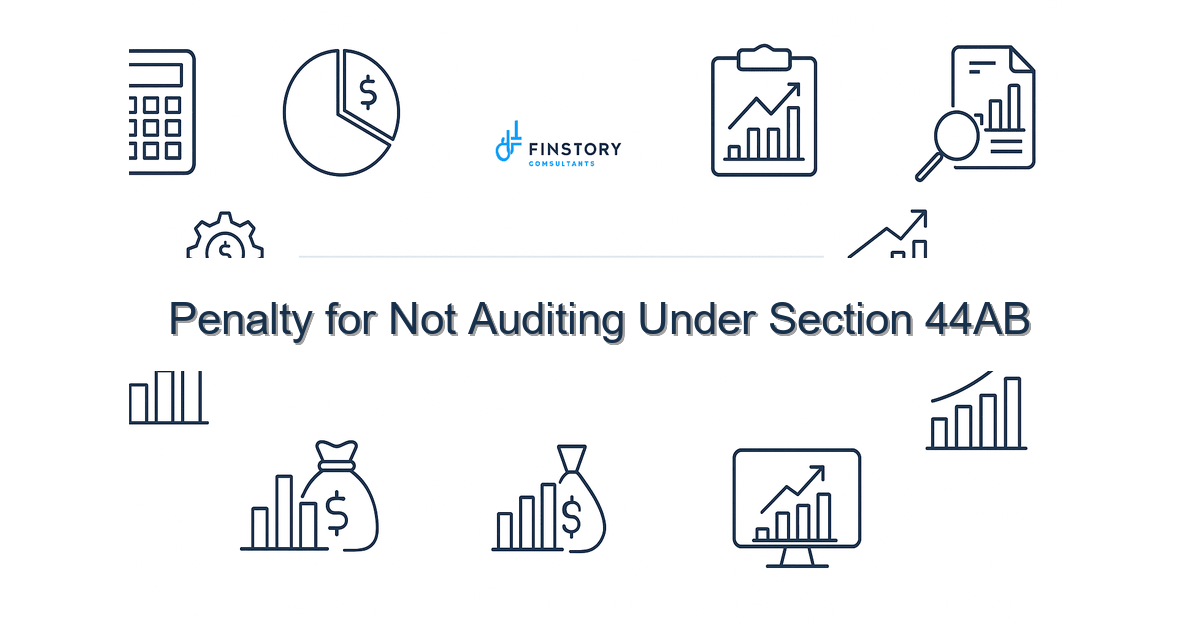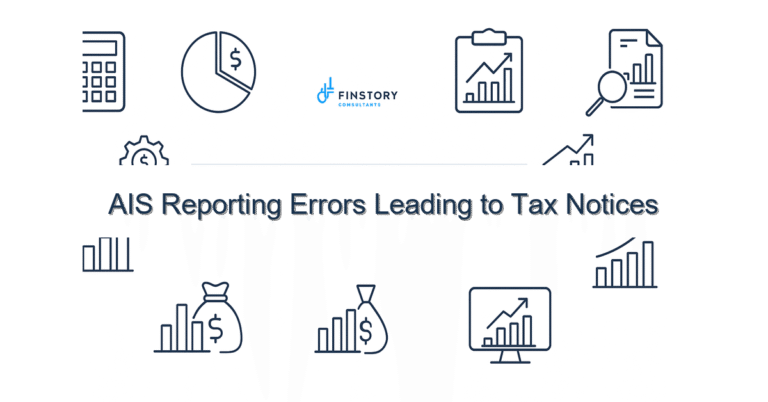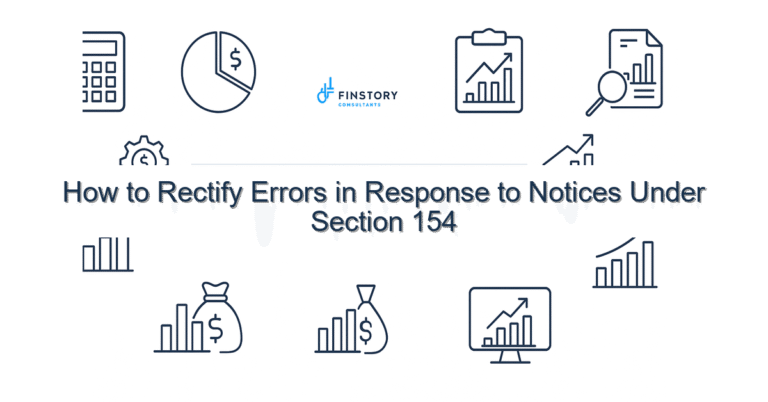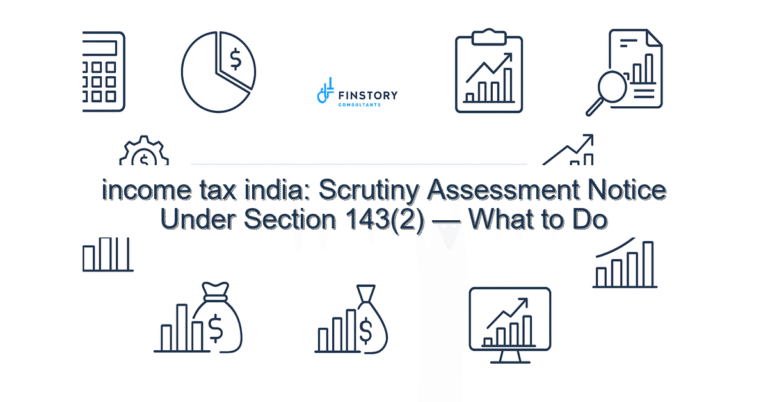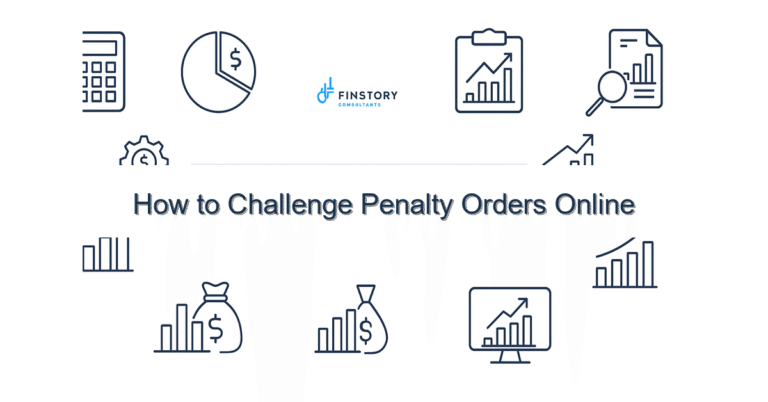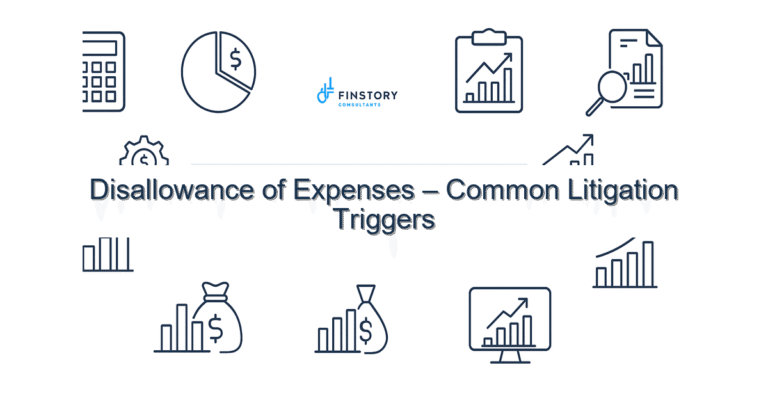Penalty for Not Auditing Under Section 44AB
Missing a mandatory tax audit can feel like a small oversight that suddenly becomes a stressful notice from the income tax department. Whether you’re a salaried family member helping a small business, a professional, a founder, or run an MSME, that one missed step can cost time, money, and peace of mind.
Summary: If your business or profession meets the audit threshold under Section 44AB, not getting audited can invite a penalty under Section 271B, interest, delayed ITR processing and scrutiny. Act fast: gather documents, approach a chartered accountant, and file a remedial audit report or appeal if appropriate.
What’s the real problem in India?
India’s tax system uses terms and timelines—Assessment Year (AY), Previous Year (PY), CBDT orders, and specified forms—that feel unfamiliar until a notice lands in your inbox. The rules around audits (Section 44AB) and penalties (Section 271B) interact with ITR filing, TDS/TCS, AIS/26AS and even presumptive schemes, so a small slip can have cascading effects.
- Symptom: You filed ITR but skipped a mandatory audit because turnover or receipts crossed thresholds in the PY.
- Symptom: You received a notice for failure to get accounts audited plus an intimation adjustment to tax and interest.
- Symptom: Your bank or investor wants audited financials for compliance or funding, and you don’t have them.
- Symptom: Confusion about the ITR filing last date and whether a belated audit helps.
What people get wrong
There are common pitfalls that land taxpayers in trouble:
- Assuming a self-declaration or bookkeeping software export replaces a formal audit report signed by a Chartered Accountant (Form 3CA/3CB with 3CD attachments where applicable).
- Believing that paying tax late or filing a regular ITR removes the need for a statutory audit—penalties and interest still apply.
- Thinking the consequence is only a one-time fee; in reality, notices, restrictions on claiming certain expenses, and additional scrutiny (and related delays in refunds) can follow.
- Mistaking thresholds and missing updated CBDT timelines or relief measures that may apply to the AY/PY concerned.
A better approach
Act early, document everything, and use specialists when needed. Here’s a simple framework you can follow:
- Confirm whether an audit was mandatory for the relevant PY: review turnover/receipts, presumptive scheme elections, and cross-check AIS/26AS for TDS/TCS impact.
- If mandatory and missed, engage a practising CA immediately to prepare a retroactive audit report and advise on filing or remedial steps with the AO.
- Negotiate and document reasonable cause: honest errors, natural calamities, or delays in books due to COVID-era disruptions may reduce or avoid penalties.
- File revised tax returns or respond to the notice with the audit report, proposed tax computation, and payment of any tax, interest, and substantiated request for waiver/mitigation of penalty.
- Set up internal controls (monthly reconciliations, TDS/TCS tracking and digital receipts) to prevent recurrence and make future compliance smoother.
Real-world example: A Hyderabad-based MSME missed audit for one year when annual receipts slightly exceeded the threshold. After engaging a CA, they produced the retrospective audit report, paid tax and interest, and negotiated the penalty down—avoiding a prolonged assessment and preserving eligibility for future MSME lending.
Quick implementation checklist
- Locate books of accounts, bank statements, invoices, GST returns, and AIS/26AS for the PY in question.
- Check whether you opted for presumptive taxation (and if so, whether conditions still applied).
- Contact a chartered accountant experienced in Section 44AB and 271B matters this week.
- Ask the CA to prepare the audit report (Form 3CA/3CB and 3CD where applicable) retroactively if allowed by the AO.
- Calculate outstanding tax plus interest (sections 234A/234B/234C may apply).
- Draft and submit a written response to any notice with the audit report attached; request penalty waiver or reduction with reasons.
- Pay admitted tax and interest to avoid further interest accumulation and lien on refunds.
- Document the cause of delay for future reference (emails, vendor delays, illness, etc.).
- Review internal bookkeeping and introduce monthly reconciliations and TDS/TCS monitoring.
- Set calendar reminders for ITR filing last date and annual audit planning.
What success looks like
- Lower or waived penalty under Section 271B through timely remedial action.
- Reduced interest outgo by paying admitted tax promptly (lower 234A/234B/234C charges).
- Faster ITR processing and refunds once audit report and compliance are in place.
- Fewer notices in subsequent years because records and processes are strengthened.
- Confidence to apply for loans, grants or investor checks with audited financials ready.
Risks & how to manage them
Risk: Penalty assessment under Section 271B and extended scrutiny. Mitigation: Provide an audited report and reasonable cause; engage a CA early.
Risk: Interest and additional tax demand. Mitigation: Compute and pay admitted tax quickly; seek installment options if cashflow is tight.
Risk: Denial of certain deductions or increased disallowances. Mitigation: Ensure books reconcile with AIS/26AS and supporting documents are provided.
Tools & data
Use these India-specific tools and datasets to support remediation and ongoing compliance:
- AIS/26AS: Reconcile TDS/TCS credits and third-party reported figures before audit.
- Income Tax e-filing portal: Submit responses, upload attachments, and track notices.
- TDS/TCS tracking tools and accounting software: Maintain real-time reconciliation of receipts and taxes.
- Bank, GST and invoicing extracts: Ready these for the CA to speed up the retro audit.
FAQs
Q: What exactly triggers an audit under Section 44AB?
A: An audit is required when prescribed thresholds of total sales, gross receipts or turnover are exceeded in the PY, or in other specified situations. Confirm the threshold for your year with your CA because rules and CBDT circulars can change.
Q: What is the penalty for not getting accounts audited?
A: The income tax department can impose a penalty under Section 271B. The quantum depends on turnover and AO discretion. Prompt remedial action—an audit report and payment of tax and interest—often reduces the penalty. Consult a CA for exact calculation.
Q: Can I file a late audit report after ITR filing?
A: Yes, often a retroactive audit report can be submitted along with a response to the notice. Timely engagement with a CA and voluntary disclosure of tax and interest can improve outcomes.
Q: Will this affect my ability to claim deductions like Section 80C or use new vs old regime slabs?
A: The audit issue itself doesn’t directly change Section 80C limit claims or your choice between new vs old regime slabs, but discrepancies flagged in an audit can lead to adjustments that affect net taxable income and refunds. Reconcile documents before claiming benefits.
Next steps
If you’re reading this and thinking, “I may have missed an audit,” don’t delay. Gather records, get a chartered accountant on board, and prepare to respond. If you want step-by-step support—especially to reconcile AIS/26AS, check TDS/TCS entries, compute interest and negotiate penalties—reach out for tailored assistance.
Work with Finstory. Speak with an Expert for a personalised plan to reduce your tax outgo and stay compliant. Book a free 20-min consultation.
📞 Need help with Income Tax in India?
Book a 20-min consultation with our tax team. Individuals, founders & MSMEs welcome.
Prefer email or phone? Write to info@finstory.net
or call +91 44-45811170.
